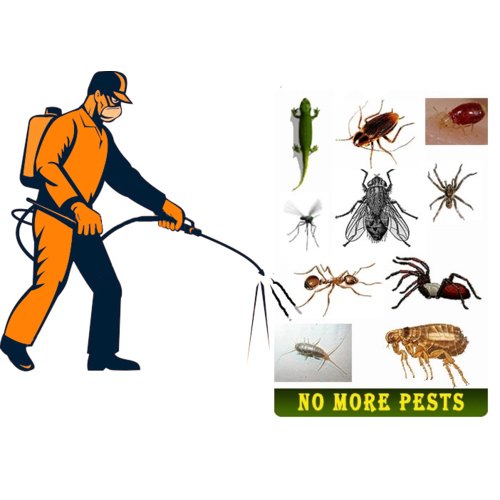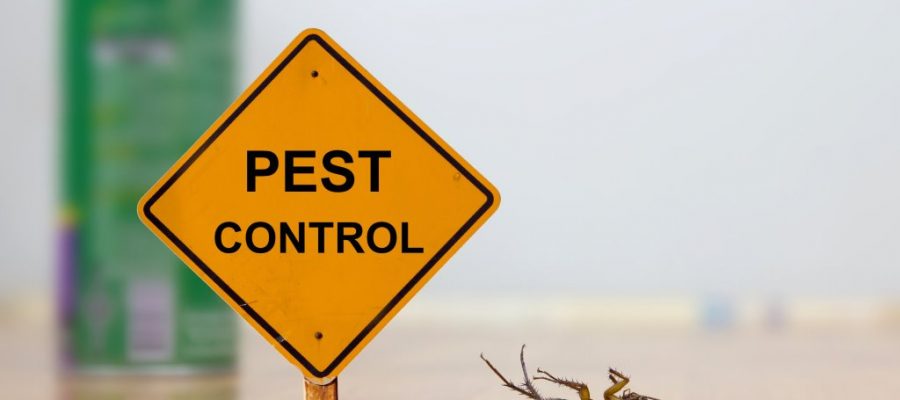Checking Out Infestation and Treatment Methods worldwide of Parasite Control
The landscape of insect control includes a myriad of challenges, especially as infestations of typical house pests proceed to advance. By incorporating preventive procedures with innovative monitoring strategies, such as Integrated Pest Management (IPM), house owners can much better protect their environments.

Usual House Vermin
When it involves handling our home, understanding common household insects is crucial. These pests not just disrupt our convenience yet can additionally posture health and wellness dangers and damages building. One of the most prevalent family parasites include ants, cockroaches, rodents, termites, and bed bugs.
Ants, typically seen foraging in kitchen areas, can infect food and establish huge colonies. Rodents, including computer mice and rats, can cause architectural damages and carry illness like hantavirus and salmonella.
Identifying the signs of these parasites, such as droppings, nests, or attack marks, is important for early intervention (Pest Control Lockhart). Appropriate hygiene techniques, securing entry points, and maintaining a clutter-free setting work preventative steps. By determining these common household pests and recognizing their habits, property owners can take aggressive actions to minimize infestations, making certain a healthier living atmosphere
Understanding Pest Infestations
Bug invasions can escalate promptly, transforming a minor annoyance into a considerable trouble if not attended to without delay. Understanding the nature of these problems is crucial for reliable management. Insects can invade household and industrial areas for different reasons, consisting of the search for food, shelter, or reproducing grounds. Typical aspects adding to infestations include inadequate cleanliness, structural vulnerabilities, and seasonal modifications that drive bugs inside your home.
Determining the sort of bug is crucial, as various types display different habits and reproductive rates. Rats might establish nests in covert locations while pests like roaches thrive in moist environments. Early detection frequently depends upon recognizing indicators such as droppings, munch marks, or unusual noises, which can indicate a trouble prior to it ends up being severe.
Environmental problems likewise play an important role in pest spreading. Cozy, damp climates can promote the fast growth of parasite populaces, while adjustments in landscaping or building can accidentally create conducive atmospheres. Consequently, routine inspections and preventative actions are vital to reducing the threat of invasions. An educated approach to comprehending these dynamics lays the foundation for effective bug management methods in the future.
Treatment Techniques and Techniques
Effective treatment approaches and methods are important for minimizing insect invasions and restoring a risk-free setting. A diverse approach is usually best, incorporating chemical, organic, dig this and mechanical strategies tailored to the certain insect and the extent of the problem.
Chemical therapies include the usage of insecticides and herbicides, which can efficiently get rid of insects. Nevertheless, appropriate application and adherence to security guidelines are essential to reduce dangers to humans and non-target microorganisms. Integrated Pest Monitoring (IPM) urges the sensible use of chemicals as a last option, relying instead on surveillance and threshold degrees to figure out treatment requirements.
Organic control methods involve introducing natural killers or bloodsuckers to lower parasite populaces. This technique is significantly popular, specifically in agricultural settings, as it promotes ecological sustainability.
Mechanical methods, such as catches and obstacles, provide instant remedy for parasites without introducing chemicals. Alternatives include sticky traps for bugs or physical obstacles for rats.
Inevitably, the choice of therapy technique ought to take into consideration the specific pest, the setting, and prospective effect on human health and wellness and communities. A balanced mix of these techniques can efficiently take care of invasions while advertising long-lasting bug control solutions.
Preventative Steps for Residence
Proactively attending to pest issues before they escalate is important for keeping a healthy home setting (Pest Control Lockhart). more tips here Implementing efficient preventative measures can substantially reduce the probability of problems, ultimately protecting both your property and well-being

Correct landscape design additionally plays a crucial role in avoidance. Maintaining bushes and trees cut away from the residence reduces the chances of pests locating their means inside. In addition, make certain that drain systems are working efficiently to stop standing water, which can pull in insects and various other bugs.
Lastly, regular assessments are a good idea. Frequently looking for signs of parasite activity permits very early treatment. By adopting these safety nets, house owners can create a setting that is less hospitable to bugs, consequently enhancing their total lifestyle and reducing the demand for comprehensive parasite control treatments.
Commercial Bug Control Strategies
A thorough method to business parasite control is vital for businesses aiming to keep a risk-free and sanitary environment. Reliable strategies include a mix of normal assessments, staff member training, and the implementation of Integrated Bug Monitoring (IPM) techniques.
Regular assessments allow early discovery of parasite activity, permitting for timely treatment. Organizations should establish a regular schedule for these evaluations, concentrating on high-risk areas such as cooking areas, storage rooms, and garbage disposal websites. Staff member training is equally vital; team should be informed on the indications of parasite infestations and the significance of reporting them promptly.
Executing IPM methods aids minimize pest issues sustainably. This includes environment modification, such as securing entry points and decreasing clutter, in addition to utilizing all-natural deterrents prior to considering chemical treatments.

Furthermore, working together with a qualified bug control service provider ensures accessibility to professional understanding and sophisticated therapy options. This collaboration can lead to tailored pest control plans tailored to the details demands of the organization, decreasing threats and improving total efficacy. Eventually, a positive and enlightened technique cultivates a pest-free setting, safeguarding both public health and business online reputation.
Verdict
In verdict, effective bug control necessitates a useful link detailed understanding of common family pests and their habits, paired with targeted treatment techniques. Implementing precautionary actions alongside treatment techniques such as Integrated Parasite Management and biological control boosts the capacity to reduce invasions.